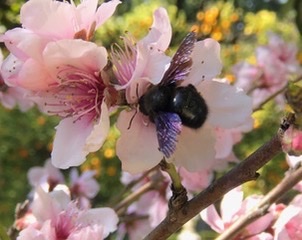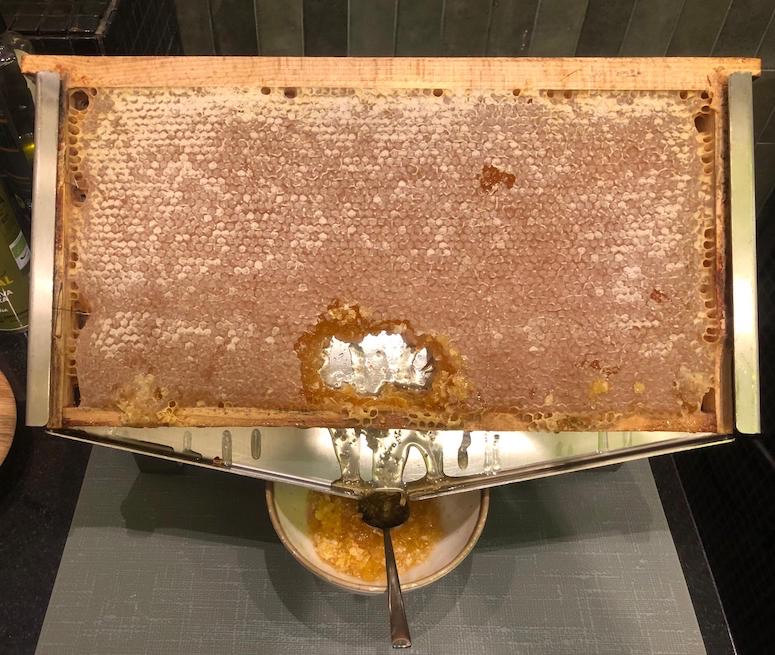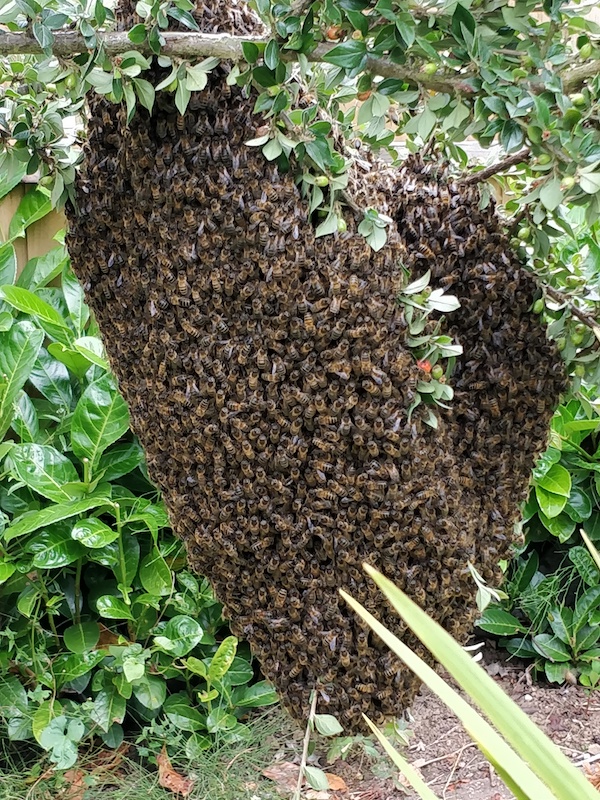Is Spring nearly here?

Our honeybees are out and about enjoying a few dry and warmish days. So far all the colonies have survived the winter. The early Spring is a critical time as lots of young bees in a colony can easily run out of food, so I’m keeping a close eye on them.
With the spare hive boxes clean and the frames with beeswax foundation all made up, we are ready for the start of the beekeeping year. From mid-April it will be busy so the Let It Bee team has taken the opportunity to do some travelling. Gillian visited Costa Rica and Jane headed to Spain.
Whenever we’re on our travels we love to see what local honey is available and make a beeline for it (sorry, couldn’t resist!). Costa Rica has some amazing flora and fauna but Gill didn’t come across any honeybees or honey! The beautiful hummingbirds and butterflies seem to be the main pollinators.
Jane hit the jackpot in Seville where the streets are lined with the most amazing orange trees in full bloom. Yes Seville orange marmalade is nice but you should taste the local honey! We tried local avocado, oak, eucalyptus, lavender and orange blossom honeys. Then in Malaga we were treated to a fabulous honeycomb on the breakfast table💗

As well as enjoying some time out, we’ve been making lots of our most popular balms, soaps and beeswax wraps for the start of our local markets in April. If you’re in the area, please pop by and say hello. If you can’t make it to a market, our online shop is well stocked and more of Kneal’s delicious honeycomb chocolate will be available very soon.
Please be on the look out for the Asian hornet queens. You might find them in your shed or over wintering in a compost bin or similar. If you do spot one, take a photo and download the Asian Hornet Watch app to report it. Our bees and other insects have enough to contend with without this voracious, invasive species. Thank you.

